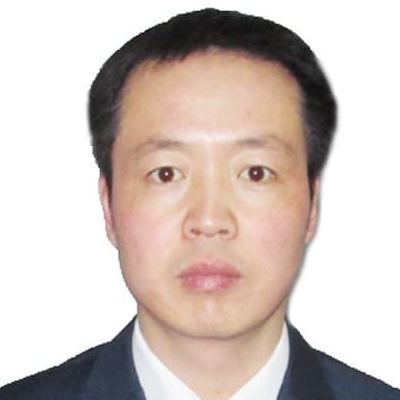Advances in Middle Infrared Laser Crystals and Its Applications
A special issue of Crystals (ISSN 2073-4352). This special issue belongs to the section "Inorganic Crystalline Materials".
Deadline for manuscript submissions: closed (30 November 2021) | Viewed by 48491
Special Issue Editors
Interests: middle-infrared optical materials; nonlinear optical frequency conversion; solid-state laser technology
Special Issues, Collections and Topics in MDPI journals
Interests: optical functional crystals research; laser and magneto optic crystals growth; structure; spectrum; laser and magneto-optical properties characterization
Interests: laser physics; mid-infrared laser; nonlinear optics; ultrafast laser
Special Issues, Collections and Topics in MDPI journals
Special Issue Information
Dear Colleagues,
In the past twenty years, there has been a growing interest in middle infrared (mid-IR) laser crystals and their application to achieve the mid-IR laser radiations, which has benifited by the development of novel mid-infrared crystals and the improving quality of traditional mid-IR crystals. Moreover, these works have promoted the development of related technical applications.
This Special Issue of the journal Crystals focuses on the most recent advances in mid-IR laser crystals, from materials to laser sources and applications. It aims to bring together the latest developments in novel mid-IR crystals, improvement of the quality of mid-IR crystals, mid-IR nolinear crystals and mid-IR lasers, as well as the application of mid-IR technology in spectroscopy, trace gas detection and remote sensing, optical microscopy and biomedicine. Aspirant authors are encouraged to submit their latest original research, as well as forward-looking review papers, to this Special Issue.
Dr. Xiaoming Duan
Dr. Renqin Dou
Dr. Linjun Li
Dr. Xiaotao Yang
Guest Editors
Manuscript Submission Information
Manuscripts should be submitted online at www.mdpi.com by registering and logging in to this website. Once you are registered, click here to go to the submission form. Manuscripts can be submitted until the deadline. All submissions that pass pre-check are peer-reviewed. Accepted papers will be published continuously in the journal (as soon as accepted) and will be listed together on the special issue website. Research articles, review articles as well as short communications are invited. For planned papers, a title and short abstract (about 100 words) can be sent to the Editorial Office for announcement on this website.
Submitted manuscripts should not have been published previously, nor be under consideration for publication elsewhere (except conference proceedings papers). All manuscripts are thoroughly refereed through a single-blind peer-review process. A guide for authors and other relevant information for submission of manuscripts is available on the Instructions for Authors page. Crystals is an international peer-reviewed open access monthly journal published by MDPI.
Please visit the Instructions for Authors page before submitting a manuscript. The Article Processing Charge (APC) for publication in this open access journal is 2100 CHF (Swiss Francs). Submitted papers should be well formatted and use good English. Authors may use MDPI's English editing service prior to publication or during author revisions.
Keywords
- Middle infrared optical materials
- Rare-earth doped crystals
- Middle infrared nonlinear crystals
- Middle infrared crystal fiber
- Middle infrared lasers
- Frequency conversion and parametric devices
- Trace gas detection
- Optical microscopy
- Biomedicine
Benefits of Publishing in a Special Issue
- Ease of navigation: Grouping papers by topic helps scholars navigate broad scope journals more efficiently.
- Greater discoverability: Special Issues support the reach and impact of scientific research. Articles in Special Issues are more discoverable and cited more frequently.
- Expansion of research network: Special Issues facilitate connections among authors, fostering scientific collaborations.
- External promotion: Articles in Special Issues are often promoted through the journal's social media, increasing their visibility.
- e-Book format: Special Issues with more than 10 articles can be published as dedicated e-books, ensuring wide and rapid dissemination.
Further information on MDPI's Special Issue polices can be found here.









